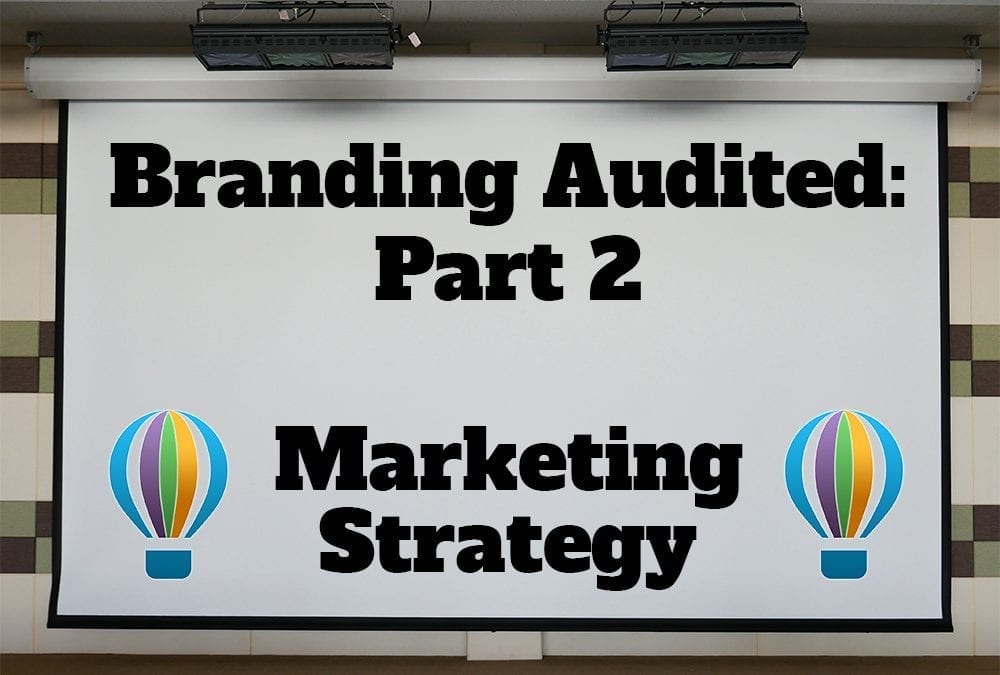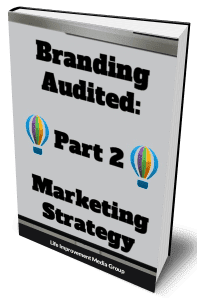Last week, we discussed the first part of the brand audit. We went in depth into the branding essentials–every necessary element to establish one’s brand. Those eight elements are the foundation to a personal figure, a company, a brand, or any organization involved in business. Even non-profits will find value in branding properly as they follow many of the same structures as a business. Now that you have the foundation of your business laid out, it’s time to get you, your product or your service to market! How exactly do you market yourself? With a well thought-out marketing strategy. We’ve outlined the 4 pillars of marketing in our worksheet. However, we also want to discuss it more in depth here for our loyal readers.
CONTENT is king.
Don’t create content for content’s sake. When we mention content, we mean … any type: articles, blogs, vlogs, infographics, slide shares, any social media story or post, and countless others. All mediums of content you produce or hire someone to produce for you, will end up in one of two places: your website or your social media channels (we’re including email as a social channel here since it’s a mode of outreach). Blogs (and to a lesser extent, vlogs) are crucial for website content because Google uses them to rank you organically. Not every social media platform is necessary. Pick Facebook and 1-2 other platforms to utilize, based on your target audience.
CONSISTENCY is queen.
Once you have your platforms selected, it’s critical–critical–critical you start a schedule of when you post your content to the world. More importantly, stick to that schedule. By providing the right content your audience consumes, they’ll return for more. If you post blogs once a week on Wednesday afternoons and a YouTube video every Friday at noon, they will return at those times. They’ll expect it so be sure not to disappoint them. For questions on the demographic data for social media platforms, email our digital marketing strategist. Lastly, don’t forget to include review platforms like Google, Yelp and Urbanspoon.
Choose your CHANNEL.
The “channel” we’re mentioning here is associated with traffic. How are you getting online traffic to your advertising and your content? You have one of two options: PAID and EARNED. Examples of PAID would be PPC (pay-per-click) and Facebook Ads. EARNED, or organic traffic, would come as a result of properly tuning your SEO and back-linking your content across the internet. Posting solid content on a consistent basis with blogs and anything Google can use to rank you boosts organic traffic. Ironically, the major difference comes down to time or money. Do you have the time to earn traffic or the money to spend to attract it sooner?
ANALYSIS (no paralysis).
Set up your analytics for success. To do this, begin your marketing strategy with small, measurable and obtainable goals. Don’t aim straight for the stars. Aim for the roof, then the skyscraper, then the clouds, then the stars!
Depending on the size of your following, we advise letting 60-90 days elapse before turning to the analysis part of your marketing strategy. You’ll need data to pull from and a week or a month is not sufficient enough. Don’t be afraid to dive in and learn as much as you can about Facebook Insights and Google Analytics. If there is an analytics system for your website or a plugin you can grab a hold of, use it and see what types of data it can provide you. Analytics most strongly apply to your website, your email marketing and, of course, your social posting. If you’re having trouble attracting an audience on a 2nd or 3rd social platform, don’t sweat. Use analytics to hone in on what is working and what isn’t. Perhaps by testing, there’s a better platform for you!
Thank you for your attention! | To receive this blog in PDF format, click the eBook below to download your copy!




Recent Comments